Pregnancy is a beautiful and exciting time in a woman's life, but it is also a complex process that involves many changes in a woman's body. In this article, we will discuss how pregnancy takes place and the cycle of after pregnancy.
How Pregnancy Takes Place
Pregnancy occurs when a sperm from a male partner fertilizes an egg from a female partner. This usually happens during sexual intercourse, but it can also occur through artificial insemination. Once the sperm reaches the egg, fertilization takes place, and the egg begins to divide rapidly. The fertilized egg then travels through the fallopian tube and into the uterus, where it implants into the lining of the uterus. This is known as conception.
The First Trimester
The first trimester of pregnancy is the period from conception to the end of the 12th week. During this time, the fertilized egg develops into an embryo, and then into a fetus. Many changes occur during this time, including:
The development of the placenta, which provides oxygen and nutrients to the developing fetus
The formation of the heart, brain, and other major organs
The growth of arms, legs, fingers, and toes
The development of the umbilical cord, which connects the fetus to the placenta
The appearance of the first signs of pregnancy, such as missed periods, fatigue, and morning sickness.
The Second Trimester
The second trimester of pregnancy is the period from the 13th to the 26th week. During this time, the fetus grows rapidly, and many of its major organs and systems become fully functional. Some of the changes that occur during this time include:
The development of the lungs, which begin to produce surfactant, a substance that helps them expand and contract properly
The development of the digestive system, which begins to produce digestive enzymes and absorb nutrients from the amniotic fluid
The development of the nervous system, which allows the fetus to sense touch, taste, and smell
The appearance of the first movements, or quickening, which the mother can feel.
The Third Trimester
The third trimester of pregnancy is the period from the 27th week until birth. During this time, the fetus continues to grow and develop, and the mother may experience a range of physical symptoms. Some of the changes that occur during this time include:
The continued growth and development of the fetus, including the growth of hair, nails, and skin
The development of the immune system, which produces antibodies to protect the fetus from infection
The positioning of the fetus in preparation for birth, which may involve the head moving downward and the body rotating
The onset of labor, which is the process by which the uterus contracts and the cervix dilates to allow the baby to pass through.
After Pregnancy
After pregnancy, a woman's body goes through a period of recovery and adjustment. This period, known as the postpartum period, can last for several weeks or even months. During this time, the mother may experience a range of physical and emotional changes, including:
The healing of any incisions or tears that occurred during childbirth
The loss of excess fluid and blood that was accumulated during pregnancy
The recovery of energy and strength that was lost during pregnancy and childbirth
The development of new routines and habits to care for the newborn baby
The experience of a range of emotions, including joy, sadness, anxiety, and fatigue.
In conclusion, pregnancy is a complex and beautiful process that involves many changes in a woman's body. Understanding how pregnancy takes place and the cycle of after pregnancy can help women prepare for the physical and emotional changes that come with this exciting time in their lives.
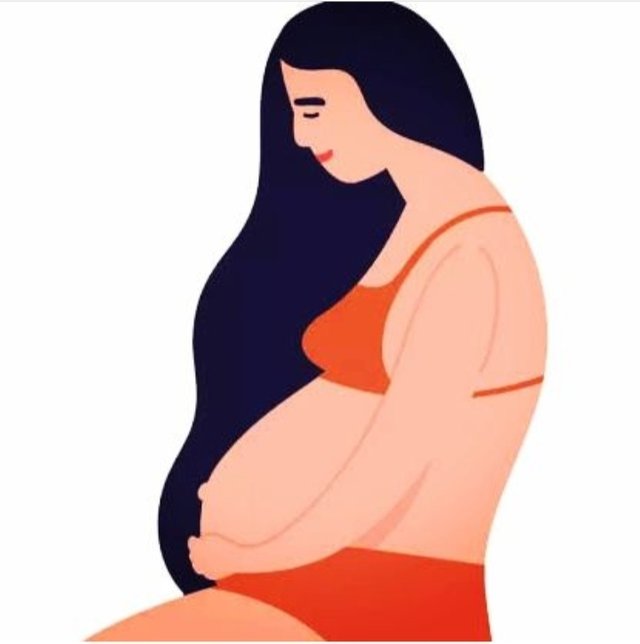
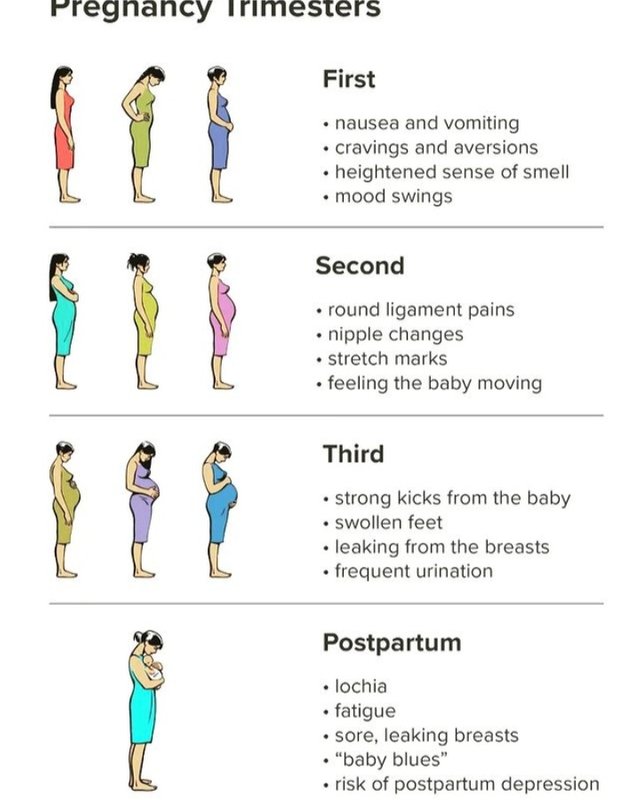
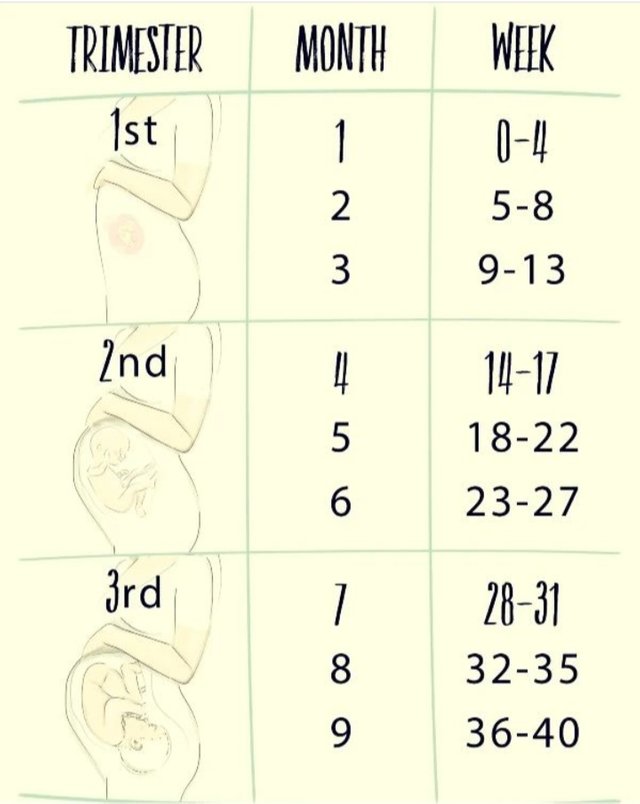

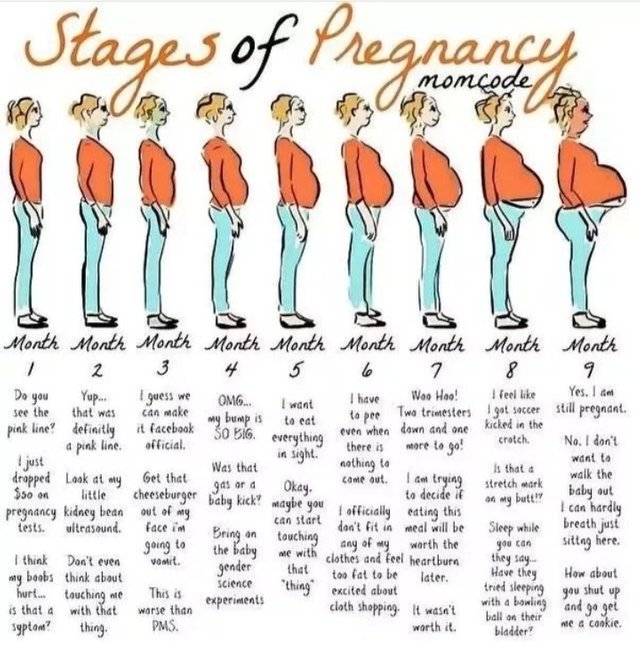
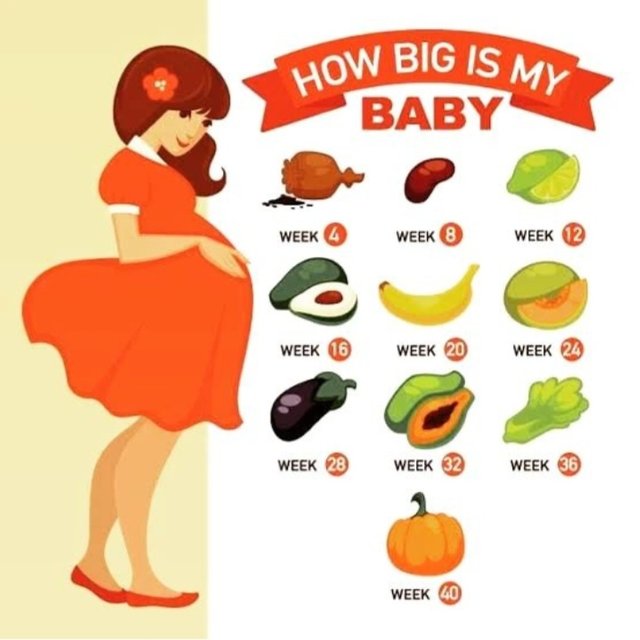
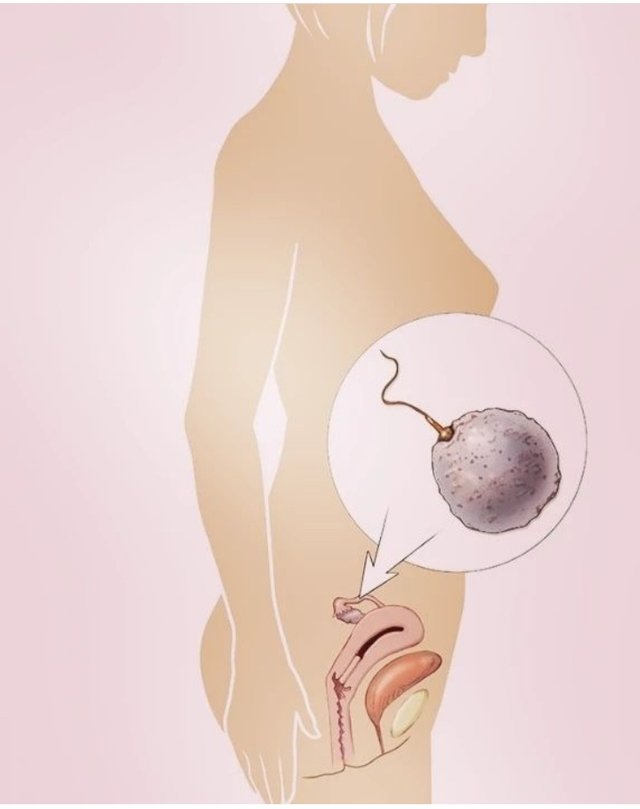
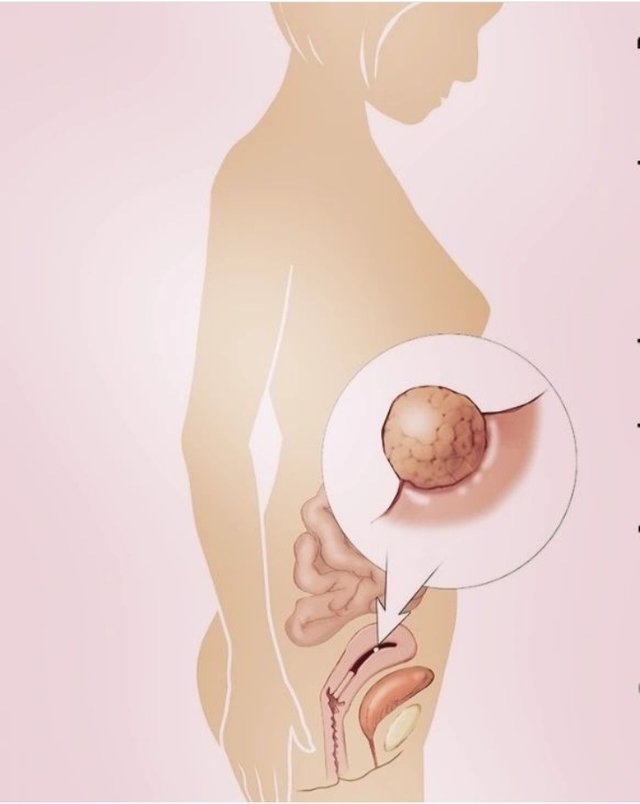

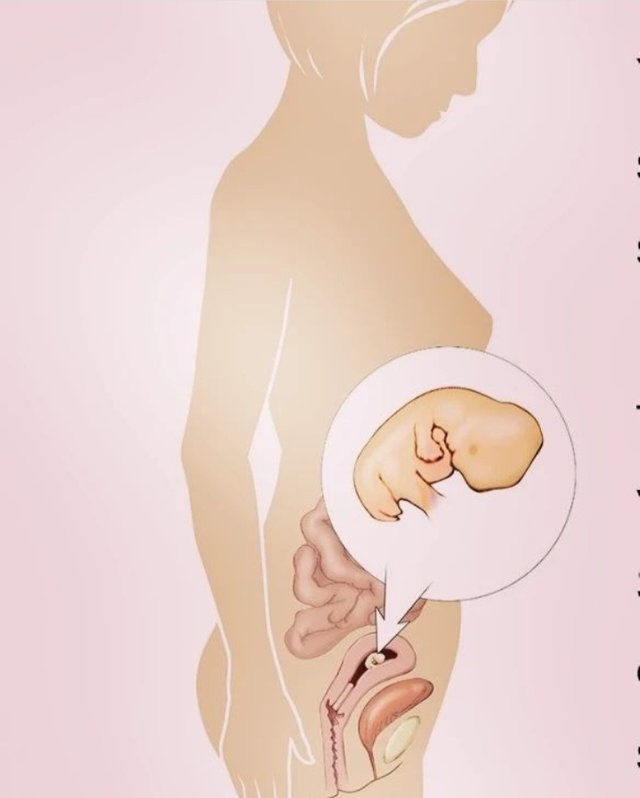
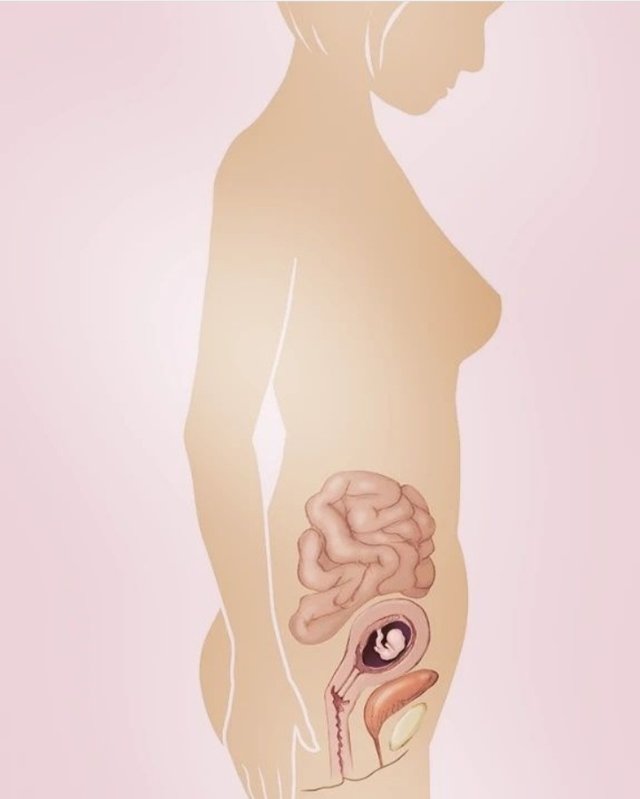
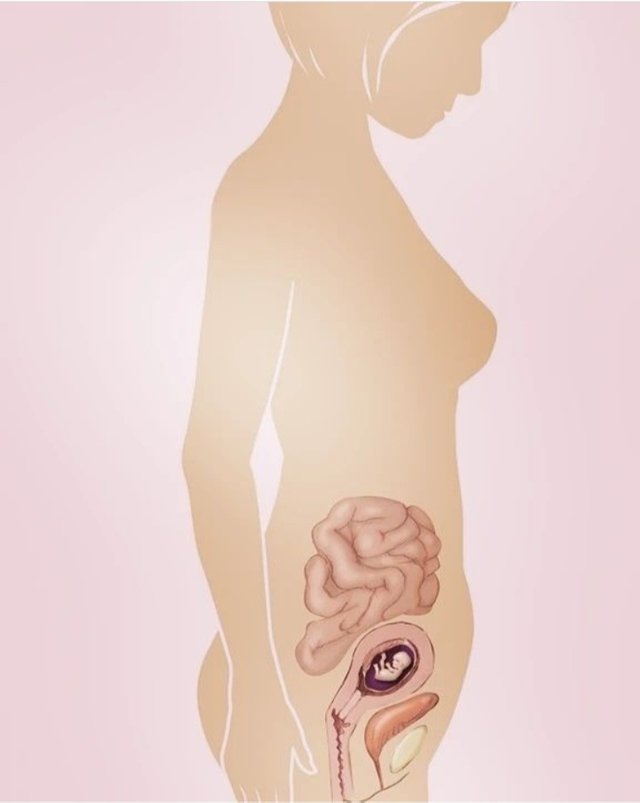
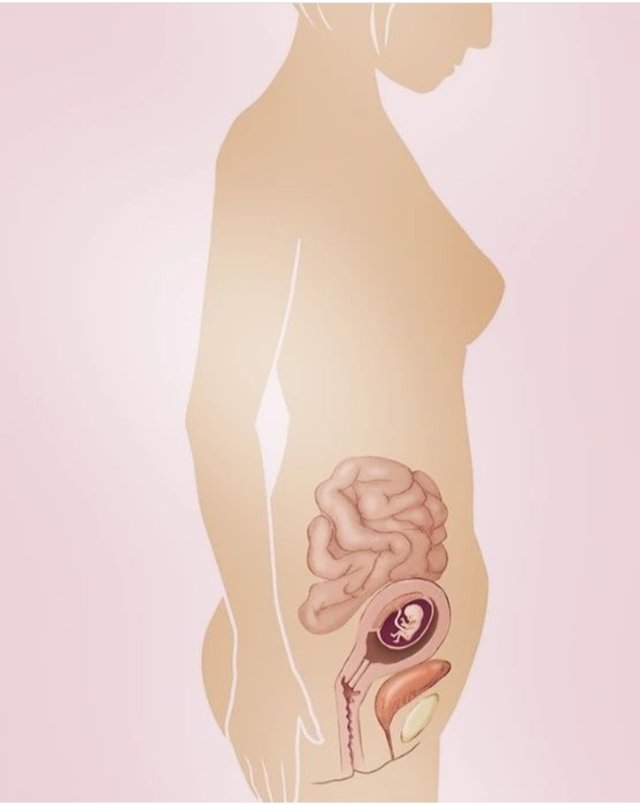
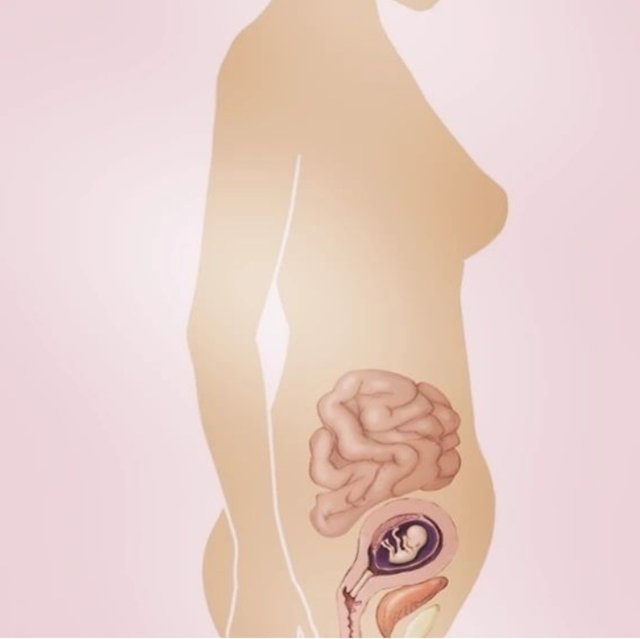
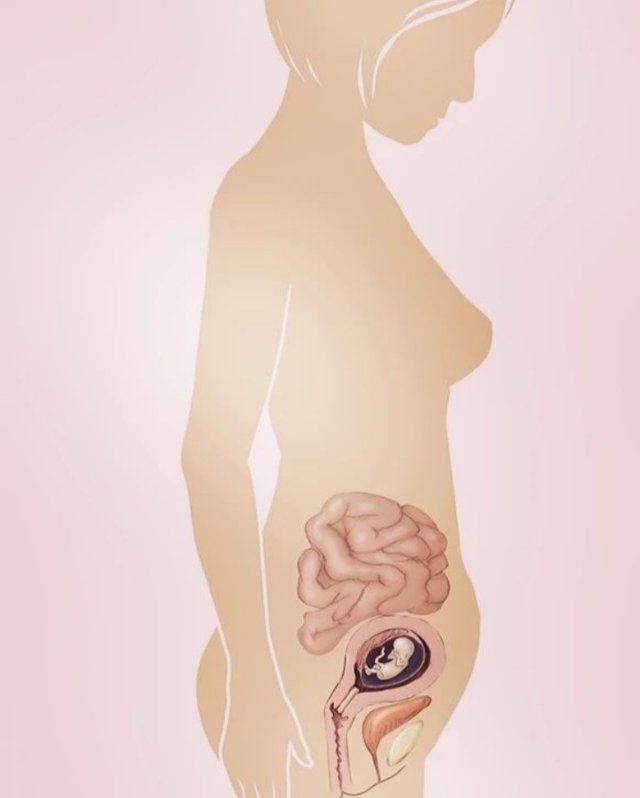

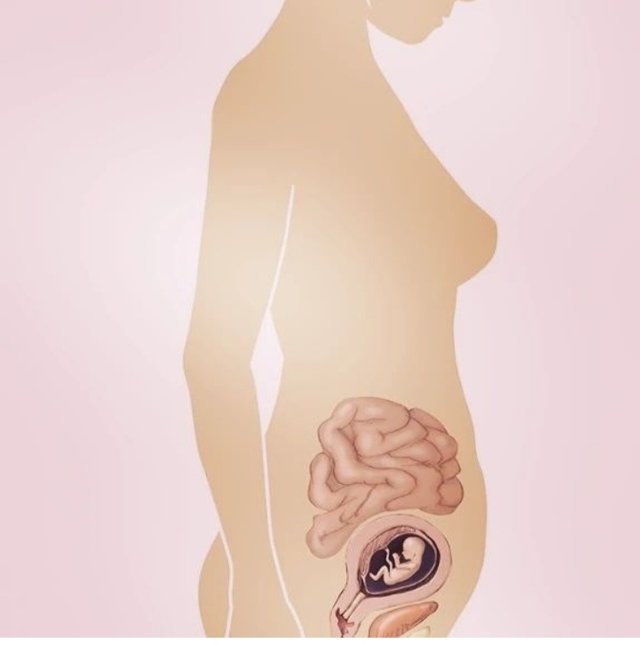
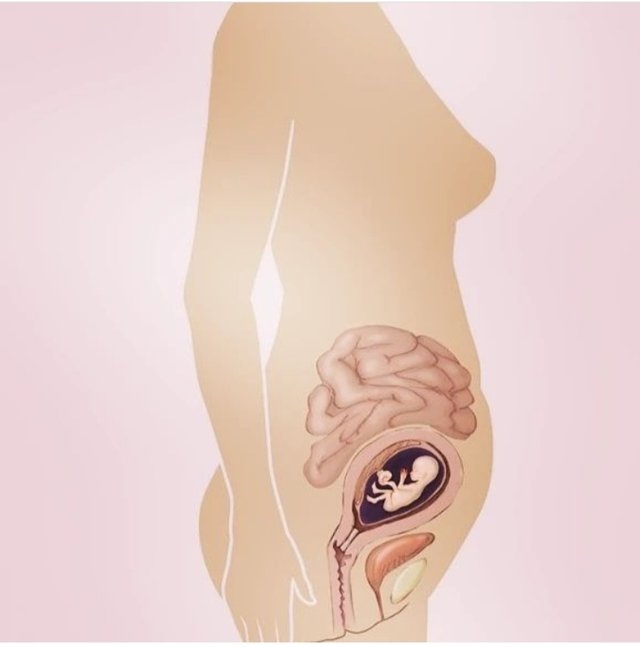
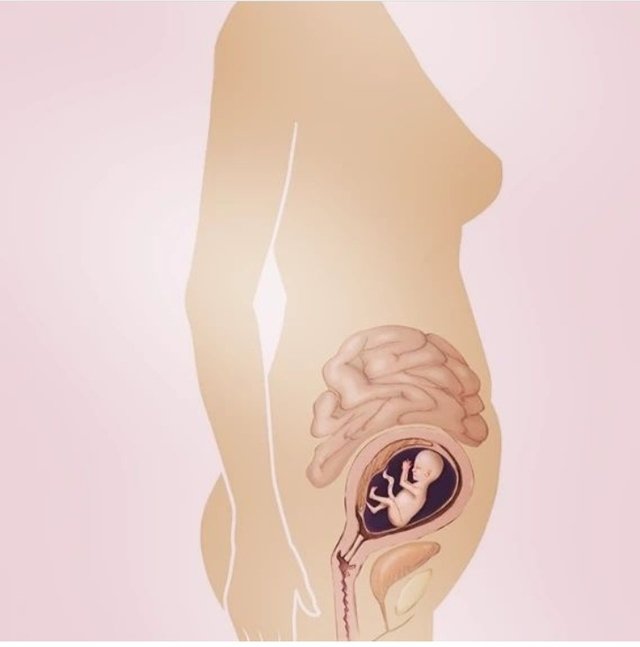
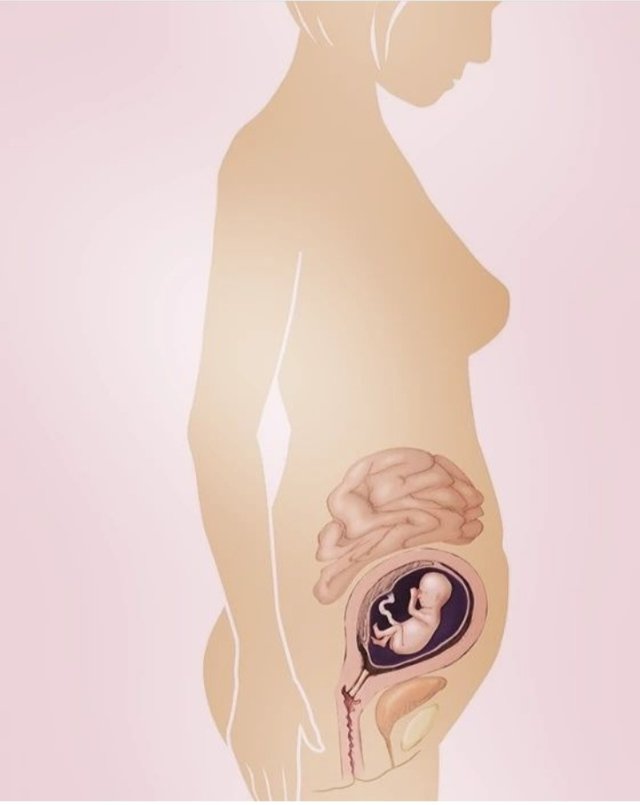
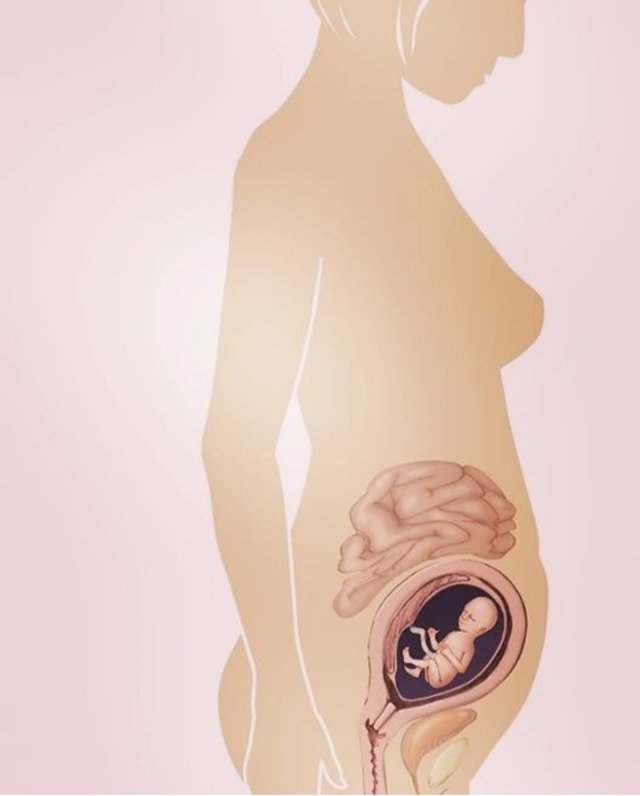
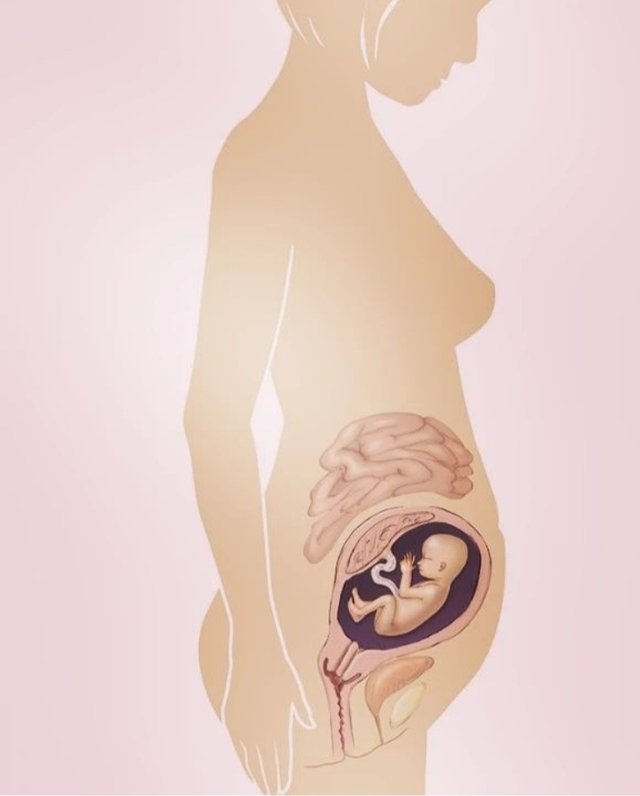
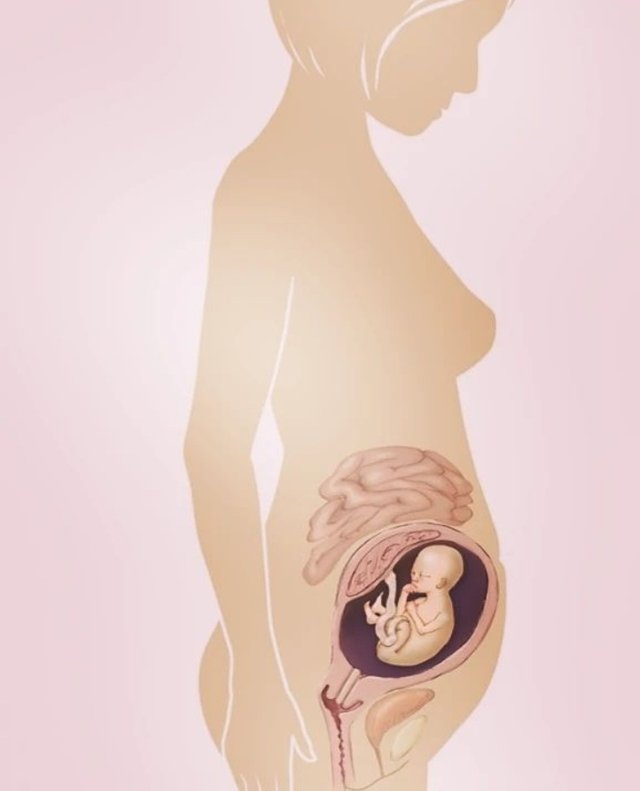
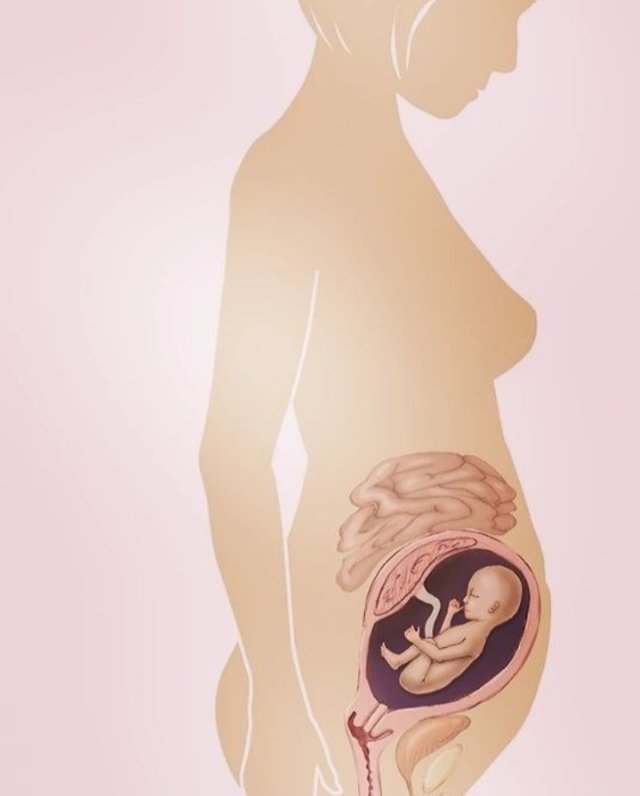
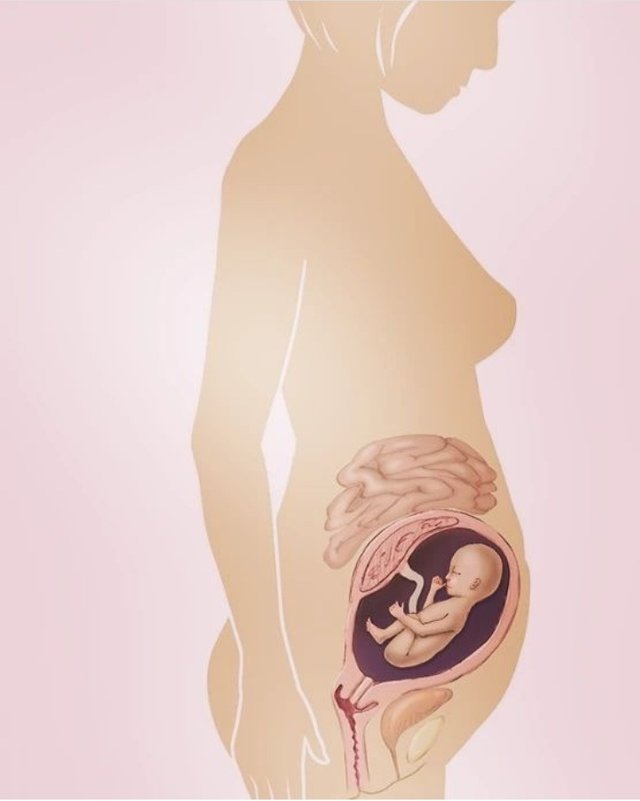
Maximizing Your Chances: The Best Sex Positions for Getting Pregnant"
There is no one "magic" sex position that will guarantee pregnancy, as pregnancy occurs when sperm meets egg, regardless of the sexual position used. However, there are a few things to keep in mind when trying to conceive.
Firstly, it's important to have regular, frequent sex around the time of ovulation, which is when the egg is released from the ovary and is available for fertilization. This typically occurs about 14 days after the start of your menstrual cycle, although it can vary from woman to woman.
Secondly, certain sex positions may be more conducive to conception than others. These positions can help to maximize the chances of sperm reaching the egg, as they allow for deep penetration and optimal positioning of the cervix.
Here are a few sex positions that may increase your chances of getting pregnant:
Missionary position: This is a classic position where the woman lies on her back and the man is on top. This position allows for deep penetration and enables the sperm to be deposited close to the cervix, which can increase the chances of fertilization.
Doggy style: In this position, the woman is on her hands and knees while the man enters from behind. This position also allows for deep penetration and can help the sperm to reach the cervix more easily.
Side-by-side: This position involves both partners lying on their sides, facing each other. It allows for shallow penetration, which can be helpful for men with a lower sperm count, as it reduces the risk of ejaculating too quickly.
The 'legs up' position: In this position, the woman lies on her back with her legs raised and resting on the man's shoulders. This position can help to tilt the pelvis and allow the sperm to move towards the cervix more easily.
It's important to remember that the most important factor in getting pregnant is timing intercourse around ovulation. In addition to trying different sex positions, you may also want to consider using ovulation prediction kits or tracking your basal body temperature to help identify your most fertile days. Finally, remember to stay relaxed and enjoy the process – stress can impact fertility, so take time to enjoy intimacy with your partner and try not to put too much pressure on yourselves.

